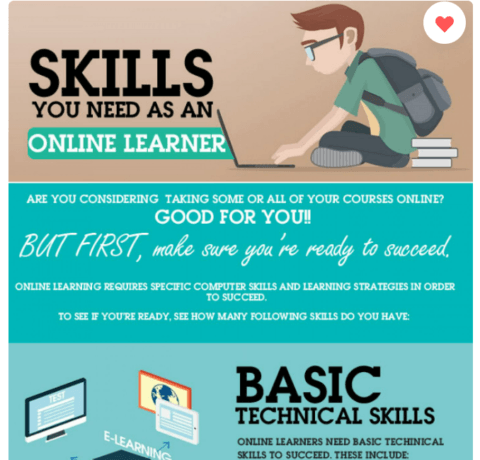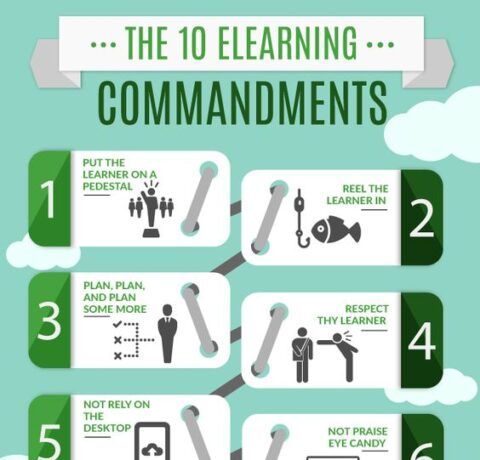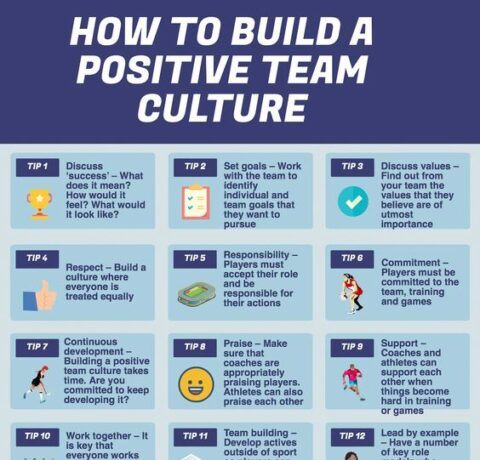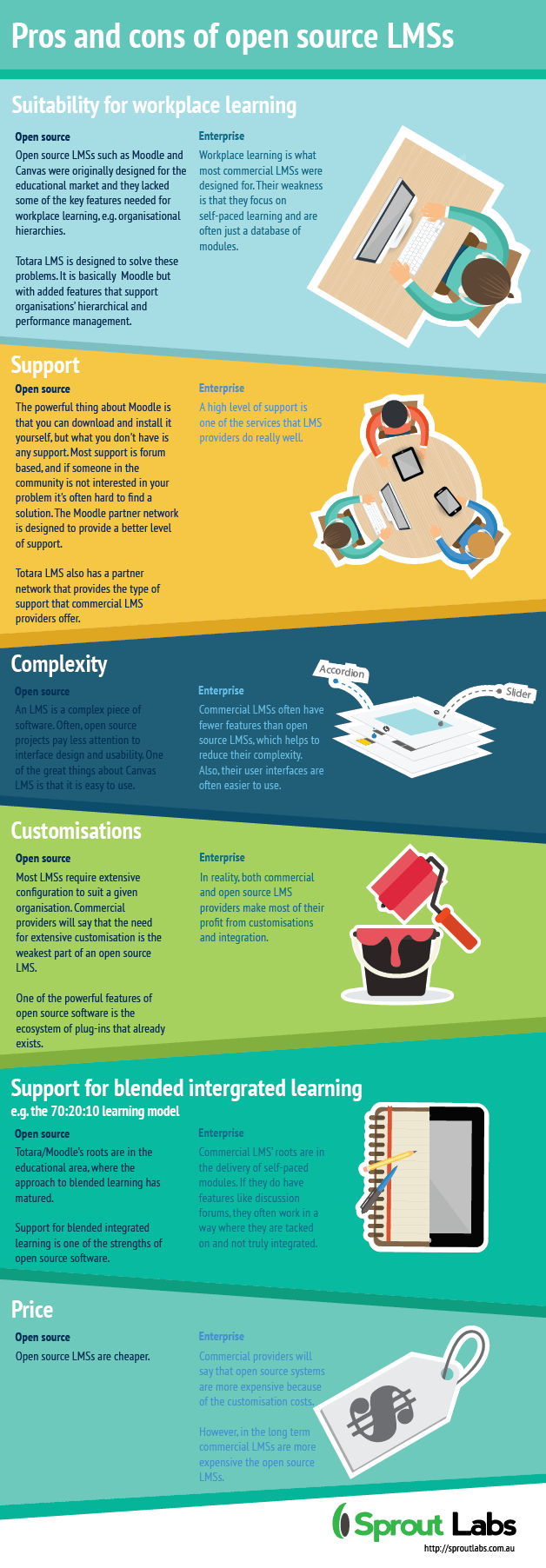Pros and Cons of Open Source LMSs Infographic
Open source software is disrupting the world of enterprise software. The Pros and Cons of Open Source LMSs Infographic explores the advantages and disadvantages of Open Source Learning Management Systems compared to commercial systems.
There are a few open source LMSs addressed in this infographic:
- Moodle– a widely-used open source learning management system that was originally designed for educational use
- Totara LMS– a version of Moodle with added features to support enterprise and workplace learning
- Canvas LMS – a relatively new LMS that was designed for educational use. Instructure also has released Bridge, which is designed for enterprise and workplace learning but is not open source.
The Pros and Cons of Open Source LMSs Infographic covers sections such as:
- Suitability for a workplace learning
- Support
- Complexity
- Customisations
- Support for blended integrated learning e.g. the 70:20:10 learning model
- Price
Suitability for Workplace Learning
- Open source: Open source LMSs such as Moodle and Canvas were originally designed for the educational market and they lacked some of the key features needed for workplace learning .e.g. organizational hierarchies. Totara LMS is designed to solve these problems. It is basically Moodle but with added features that support organizations' hierarchical and performance management.
- Enterprise: Workplace learning is what most commercial LMSs were designed for. Their weakness is that they focus on self-paced learning and are often just a database of modules.
Support
- Open source: The powerful thing about Moodle is that you can download and install it yourself, but what you don’t have is any support. Most support is forum based and if someone in the community is not interested in your problem it‘s often hard to find a solution. The Moodle partner network is designed to provide a better level of support. Totara LMS also has a partner network that provides the type of support that commercial LMS providers offer.
- Enterprise: A high level of support is one of the services that LMS providers do really well.
Complexity
- Open source: An LMS is a complex piece of software. Often, open source projects pay less attention to interface and usability. One of the great things about Canvas LMS is that it is easy to use.
- Enterprise: Commercial LMSs often have fewer features than open source LMSs, which helps to reduce their complexity. Also, their user interfaces are often easier to use.
Customizations
- Open Source: Most LMSs require extensive configuration to suit a given organization. Commercial providers will say that the need for extensive customization is the weakest part of an open source LMS. One of the powerful features of open source software is the ecosystem of plug-ins that already exists.
- Enterprise: In reality, both commercial and open source LMS providers make most of their profit from customizations and integration.
Support for Blended Intergrated Learning
e.g.the 70:20:10 learning model
- Open Source: Totara/Moodle’s roots are in the educational area, where the approach to blended learning has matured. Support for blended integrated learning is one of the strengths of open source software.
- Enterprise: Commercial LMS’ roots are in the delivery of self-paced modules. If they do have features like discussion forums, they often work in a way where they are tacked on and not truly integrated.
Price
- Open Source: Open source LMSs are cheaper.
- Enterprise: Commercial providers will say that open source systems are more expensive because of the customization costs. However, in the long term commercial LMSs are more expensive than the open source LMSs.







You can adjust your cookie preferences here.